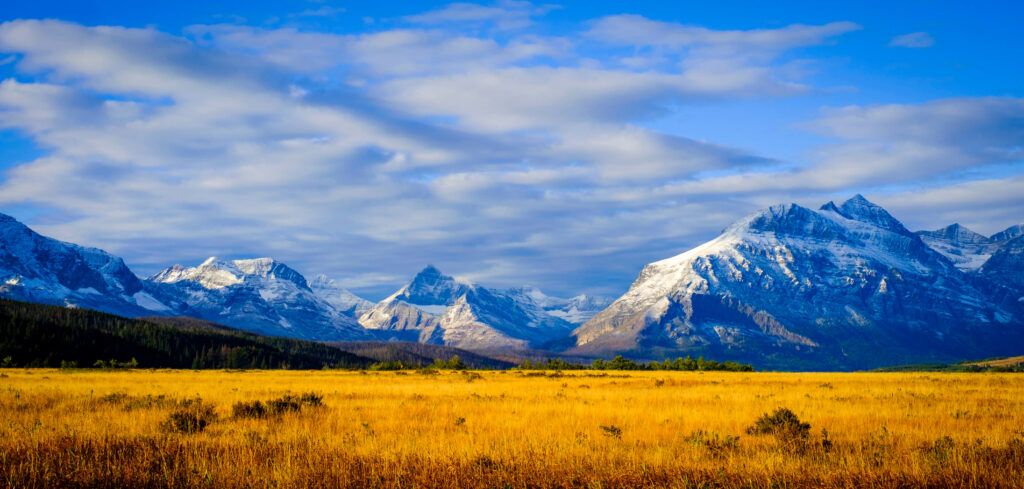As summer wanes, some regions of the United States receive an early reminder of winter with September snow. While much of the country continues to enjoy warm weather, several areas experience their first snow of the season this month. This early snowfall can vary significantly based on location and elevation, bringing a crisp transition to fall in certain parts of the U.S.
Where September Snow is Common
September snow is not unheard of, especially in mountainous regions and northern areas. High-altitude locations in the Rockies, including parts of Colorado, Wyoming, and Montana, frequently see their first measurable snow during September. For example, Colorado’s Berthoud Pass and Pikes Peak are among the spots where light snow can occur early in the fall. This trend extends to Montana and the Washington and Oregon Cascades, where snow often arrives in the late summer or early fall months.
In recent years, September has witnessed notable snow events. For instance, a significant early September snowstorm in 2019 impacted regions from Montana to New Mexico, with Denver experiencing an inch of snow on September 8th. This event followed an extreme temperature swing, from a record high of 101 degrees just days earlier. Similarly, a historic snowstorm in September 2020 brought over a foot of snow to northern Montana, setting new records for the month.
Alaska: A Snowy September
In Alaska, September snow is a regular occurrence. Fairbanks, while not always receiving snow every September, has a 30-year average of 2.3 inches for the month. Anchorage, on the other hand, saw 2.8 inches of snow in September 2015, although measurable snowfall has been less frequent in recent years. In the northernmost town of Utqiaġvik, snow can happen any month of the year, highlighting the region’s unique climate.
Snowfall in the Plains and Midwest
In the Plains and Midwest, the first measurable snowfall typically occurs in October, though September snow is not impossible. For example, Duluth, Minnesota, averages a trace amount of snow in September, with the last measurable snowfall recorded in 2012. In 2020, Goodland, Kansas, experienced half an inch of snow on September 9, contributing to an early start to the snowfall season.
Northeast Snowfall Patterns
The northeastern U.S., including parts of New England, the Adirondacks, and the central Appalachians, generally sees its first measurable snow in October. However, some locations in these regions can receive snow as early as September. The highest recorded September snowfall in New Hampshire’s Mount Washington was 7.8 inches in 1949. Most of the Northeast will usually wait until November or December for significant snowfall.
September Weather Trends
Aside from snow, September brings other notable weather trends. Fall foliage reaches its peak in many regions, providing stunning landscapes of vibrant reds, oranges, and yellows. Areas such as New England, the Great Lakes, and the Appalachian Mountains are renowned for their spectacular autumn colors. This is also a prime time for outdoor enthusiasts to enjoy cooler temperatures and the changing scenery before the onset of winter.
Looking Ahead to October
As October approaches, snowfall patterns often shift. In many parts of the U.S., the likelihood of snow increases, with the first significant accumulations usually occurring in higher elevations and northern regions. This month tends to see more widespread snowfall compared to September, with many areas in the Midwest and Northeast beginning to experience their first substantial snow events.
In summary, while September snow may surprise some, it is a normal occurrence in specific parts of the U.S., particularly in mountainous and northern regions. The transition from summer to fall brings varied weather patterns, with early snow serving as a reminder of the changing seasons. As October unfolds, the anticipation of more widespread snowfall grows, marking the gradual shift towards winter.

